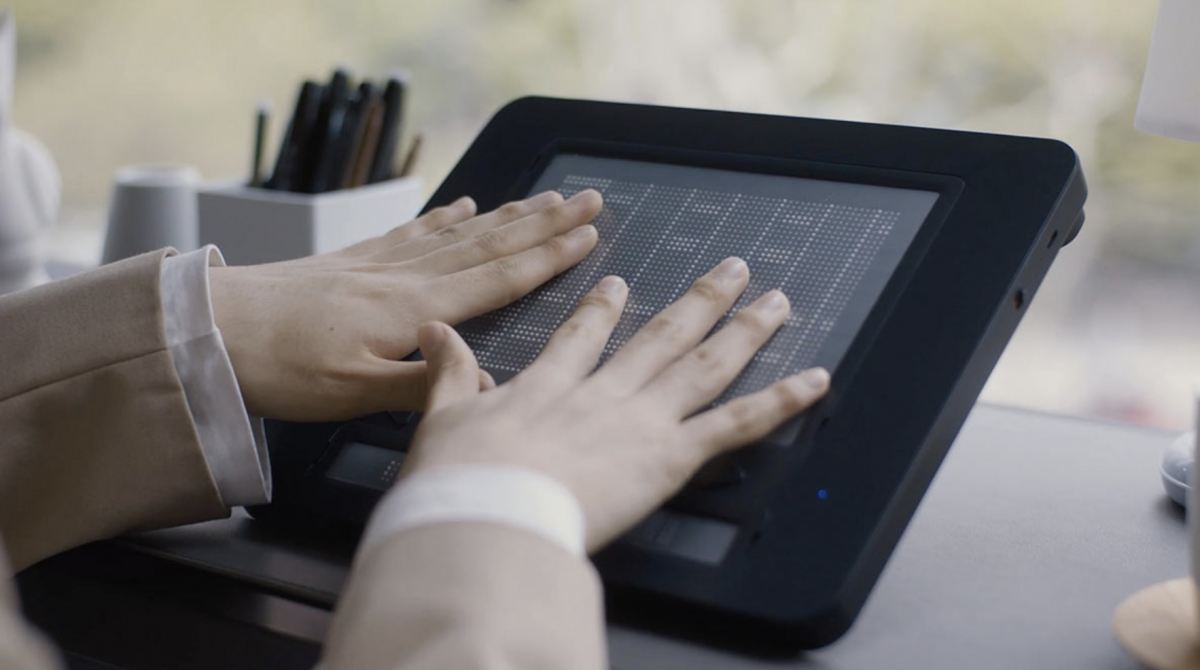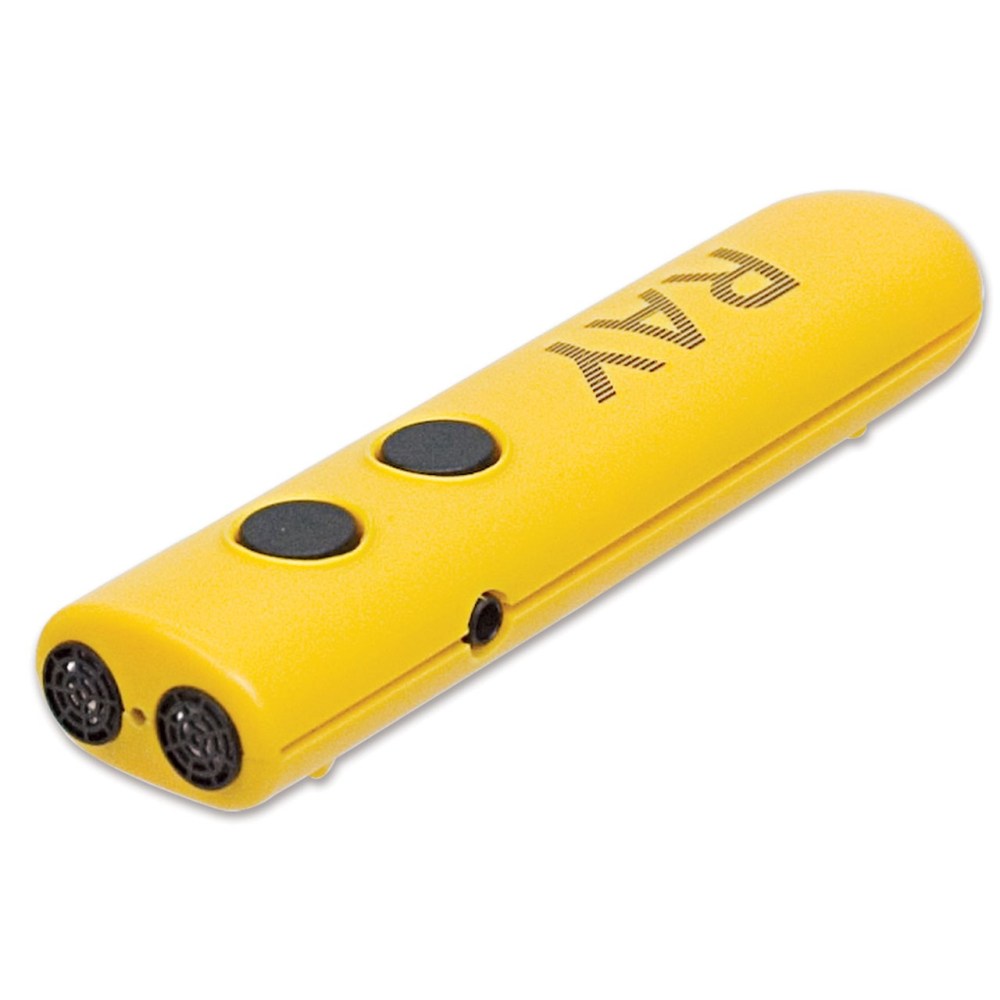Smart Glasses for the Visually Impaired: Advances in Vision Support
Enhancing Lives With Advanced Assistive Tools for the Blind
The integration of innovative assistive gadgets for the blind is transforming how people experience their surroundings and connect with their neighborhoods. Advancements such as increased fact clever glasses and sophisticated electronic travel help not only help with navigating but additionally enhance overall high quality of life. These modern technologies foster a sense of freedom and self-efficacy among users, allowing them to carry out everyday tasks with newfound confidence. The implications of these developments prolong beyond mere performance; they challenge societal understandings of handicap and self-reliance. What does this development indicate for the future of assistive modern technology and its duty in empowering individuals?
Introduction of Assistive Gadgets
Assistive devices for the blind include a varied variety of technologies and devices designed to improve freedom and improve the lifestyle for people with aesthetic impairments. These gadgets satisfy numerous needs, from navigating and wheelchair to interaction and daily job monitoring.
Among the main classifications of assistive tools includes wheelchair aids, such as white canes and guide pets, which aid customers navigate their environments securely. Electronic travel aids, outfitted with sensing units and audio comments, also play a substantial duty in movement improvement.
In addition, devices that aid with everyday living activities, such as flexible cooking area tools, Braille tags, and talking watches, encourage people to perform jobs individually. Communication aids, consisting of screen readers and Braille screens, promote accessibility to details and enable individuals to involve efficiently with the electronic globe.
Furthermore, low-tech options like magnifying glasses and large-print materials remain important for many individuals. Collectively, these assistive gadgets offer not just as functional tools yet also as crucial enablers of freedom, cultivating better participation in a world that typically focuses on sighted experiences. Their integration into life is necessary for promoting inclusivity and boosting overall health for those with aesthetic impairments.
Innovative Technologies being used
Development in modern technology has actually significantly transformed the landscape of devices offered for people with visual problems. Amongst the most notable improvements are clever glasses incorporated with increased reality, which offer real-time navigating support and object recognition. These devices leverage progressed cams and expert system to provide acoustic cues, enhancing the user's spatial understanding and freedom.
Furthermore, mobile applications have become effective resources, allowing customers to identify currency, reviewed text out loud, and navigate strange environments with verbal directions. Tools such as Braille display screens and refreshable Braille gadgets proceed to advance, using smooth connection with computer systems and mobile phones, consequently enhancing interaction and access to information.
Wearable modern technology, consisting of smartwatches outfitted with voice-activated attributes, even more encourages individuals by promoting quick accessibility to notifications and notifies without calling for visual engagement. Responsive maps and 3D printing are also gaining grip, providing substantial representations of rooms that aid in alignment and flexibility training.
Jointly, these ingenious technologies not just enhance the day-to-days live of visually damaged individuals however likewise foster better freedom, inclusivity, and involvement with the wider neighborhood, therefore reshaping perceptions of accessibility. (Voice-activated assistive devices)
Personal Stories of Empowerment
Empowerment commonly arises from individual experiences that highlight the transformative effect of technology on people with visual disabilities. Take, for example, the story of Sarah, a young musician that reclaimed her enthusiasm for paint via making use of a smart walking cane furnished with obstacle detection. This device not only facilitated her mobility yet instilled a newfound self-confidence, enabling her to navigate public spaces independently and pursue her innovative endeavors.

These narratives emphasize the profound results that advanced assistive tools can carry daily life. By making it possible for people to get rid of obstacles, modern technology cultivates you could try here a feeling of freedom and self-worth. Such empowerment tales work as a testament to the possibility of advancement, showing exactly how the right devices can significantly improve lifestyle and open doors to brand-new opportunities for those with aesthetic impairments.
Benefits of Advanced Solutions
The integration of advanced innovation right into assistive tools substantially changes daily experiences for those influenced by vision loss. Smart glasses for the visually impaired. Instruments such as smart walking canes geared up with sensing units, navigation apps, and wearable technology are developed to offer real-time responses, enhancing spatial recognition and reducing the threats associated with wheelchair.
Additionally, progressed assistive technologies promote social addition by helping with interaction and communication. Voice-activated gadgets and apps permit people to accessibility details and engage with their environments separately, damaging obstacles that formerly prevented their engagement in educational, expert, and social settings.
Furthermore, the customization and adaptability of these remedies provide to the varied needs of customers, thereby enhancing their overall lifestyle. Boosted functionality, such as things recognition and text-to-speech capacities, empowers people with visual problems to carry out jobs that they might have when found challenging. Eventually, advanced assistive technologies not only enhance independence and security but likewise promote dignity and self-worth, permitting users to lead satisfying lives.
Future Patterns in Assistive Tech
As modern technology remains to progress, the landscape of assistive tools for the blind is poised for impressive developments that will even more improve accessibility and self-reliance. Arising trends in assistive innovation suggest a shift toward boosted integration of artificial knowledge (AI) and artificial intelligence, making it possible for devices to adjust to individual customer needs in real-time. These developments are anticipated to help with even more instinctive navigation systems that can identify barriers and provide audio comments, considerably boosting outdoor flexibility.
Furthermore, the growth of wearable technology, such as clever glasses outfitted with increased fact, will certainly enable customers to get contextual details about their surroundings, thus improving their spatial recognition. Furthermore, innovations in haptic innovation pledge to develop tactile responses gadgets, permitting users to view info via touch, improving understanding and interaction with their setting.
Telecommunication advances are also paving the method for remote help options, where skilled professionals can offer guidance using video clip calls, ensuring support is conveniently available. As these fads unfold, the future of assistive tools for the blind will definitely foster greater autonomy, encouraging oct eye test people to browse their globe with self-confidence and ease.

Verdict
The assimilation of advanced assistive tools for the blind represents a significant development in cultivating freedom and enhancing lifestyle. By utilizing innovative modern technologies, these devices equip users to navigate their settings with better confidence and freedom. As the area continues to advance, recurring r & d will likely produce also a lot more advanced options, additionally transforming the lived experiences of people with aesthetic disabilities and promoting a higher sense of inclusion within culture.
The combination of advanced assistive gadgets for the blind is changing dig this how individuals experience their surroundings and connect with their neighborhoods. The assimilation of cutting-edge technology into assistive devices substantially changes everyday experiences for those influenced by vision loss.As technology continues to advance, the landscape of assistive gadgets for the blind is positioned for remarkable improvements that will further enhance ease of access and self-reliance. Emerging patterns in assistive modern technology suggest a shift towards enhanced integration of man-made intelligence (AI) and equipment learning, allowing devices to adjust to individual user needs in real-time.The integration of innovative assistive gadgets for the blind represents a substantial innovation in cultivating freedom and boosting high quality of life.